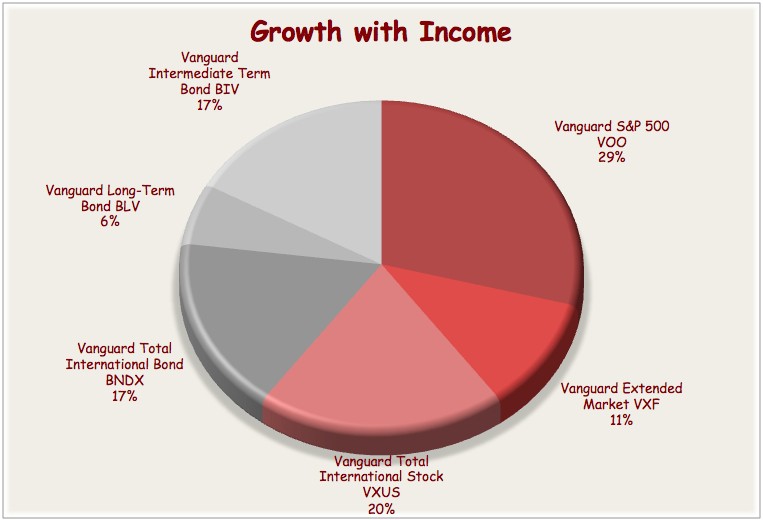Easy ETF Portfolios for Any Age US News
Post on: 16 Апрель, 2015 No Comment

Experts weigh in on the best picks for your portfolio.
Exchange-traded funds have been gaining ground on mutual funds for some time now, especially with the increasing number of investors looking to ditch their pricey portfolio managers and branch out into the DIY realm. Building your portfolio from scratch might seem like a daunting task, but most of the same strategies that work with mutal funds also work for ETF investing. If the prospect of navigating uncharted ETF waters still seems a little overwhelming, don’t worry—whether you’re just starting out or looking to retire soon, these ETF gurus can help guide the way.
For the younger crowd. With student loans, rent, groceries, and other spending priorities, there’s probably not a whole lot of money lying around at the end of the month. But just because you’re on a budget doesn’t mean you can’t start investing for the future. Although there are hundreds of ETFs to choose from, the trick is to keep it simple, says Christine Benz, director of personal finance at investment research firm Morningstar and author of 30-Minute Money Solutions. You don’t have to buy and keep track of a hundred ETFs to be well diversified. On the contrary, because many ETFs hold thousands of stocks, diversity is already built in.
Benz recommends putting 70 to 80 percent of your total assets in the Vanguard Total World Stock Index (symbol VT), which provides exposure to almost 2,800 stocks in 47 countries throughout the world. For people really just getting started, [Vanguard Total World Stock Index] makes it really easy, says Rick Ferri, founder of the investment firm Portfolio Solutions and author of All About Asset Allocation. You just ‘buy the world.’ Everything’s all bundled together. Keep in mind that the fund’s substantial exposure to emerging markets ups the risk, but Morningstar analyst Michael Rawson says higher prospective returns make the extra volatility worthwhile.
For the fixed-income portion of your portfolio, Benz recommends allocating 20 to 30 percent of your assets to the Vanguard Total Bond Market (BND), which holds about 4,500 domestic and foreign bonds and provides exposure to mortgage-backed securities, government bonds, corporate bonds, and bonds from government-sponsored enterprises such as Fannie Mae and Freddie Mac.
Some experts say younger investors can get away with even fewer bonds—sometimes none at all. There are certainly many intelligent people who say 100 percent stocks because you could shift into safer and safer stocks as you age, says James Early, advisor of the Motley Fool Income Investor newsletter and a former hedge fund analyst. The risk is that something drastic could happen to the stock market and leave [investors] up a creek, so to speak. That’s why I would have a little bit in some other things.
For those other things, Early recommends throwing in a real estate investment trust (REIT) exchange-traded fund, which would make up about 10 to 20 percent of total assets. Although it might seem like a bad investment now with the unstable housing market, he says that historically, the performance of REITs have been uncorrelated with those of stocks and bonds. That’s really what you want, Early says. You don’t just want raw return. You want investments that ‘zig’ when the rest of your portfolio ‘zags.’ That’s also why he recommends a small allocation to precious metals such as the iShares Gold Trust (IAU). I certainly wouldn’t go whole-hog into a certain commodity, Early says. But if we do have problems with the U.S. dollar or if we have hyper-inflation, investors will be glad they have commodities.
Although a simple ETF portfolio might seem like a set-it-and-forget-it plan, it’s still important for investors to consistently reevaluate their asset allocations as their lifestyles and investment goals change. As you get closer to retirement age, financial advisors say it’s generally a good idea to ratchet down the amount of risk in your portfolio and start thinking about increasing your fixed-income holdings to protect your investments. That means slowly raising your position in an ETF like BND, and even including some inflation protection further down the road with a TIPS ETF such as the iShares Barclays TIPS Bond fund (TIP).














